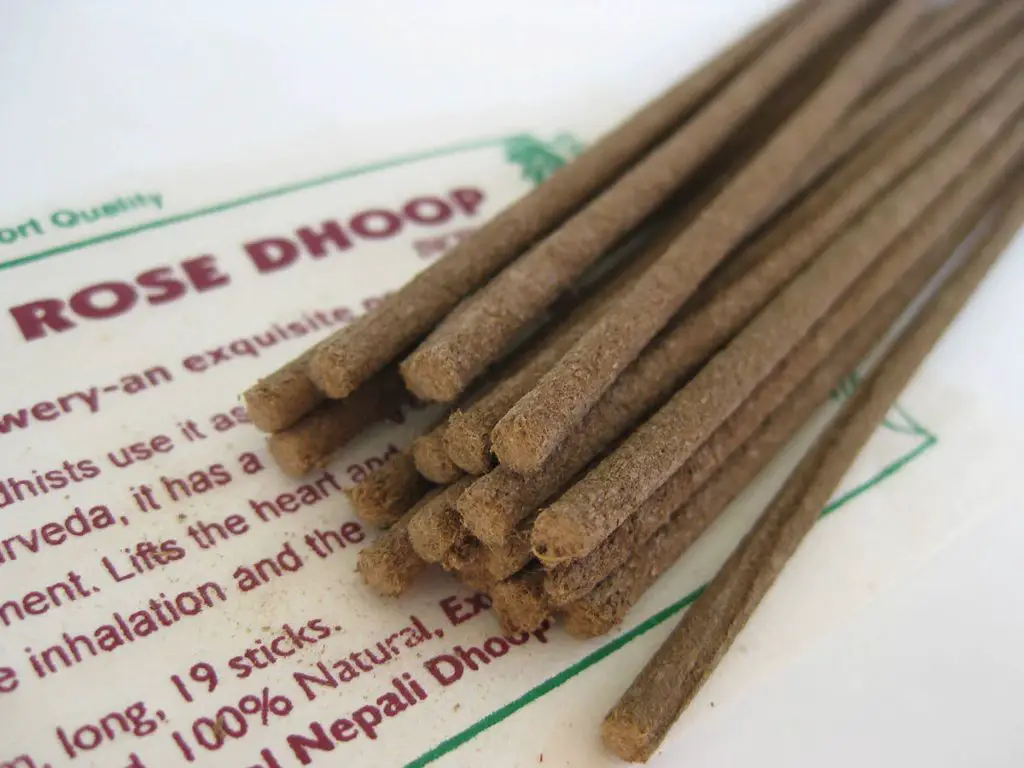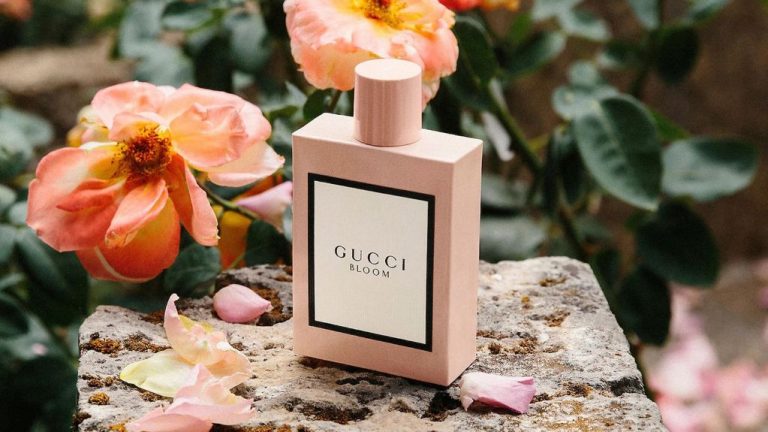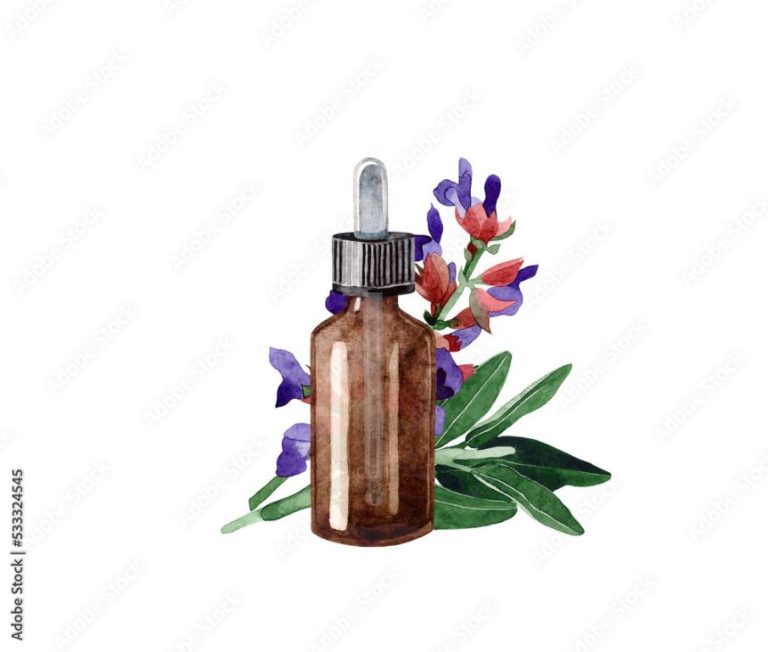Why Does Nag Champa Smell So Good?
Nag Champa is a type of incense that originated in India and Nepal. It has been used for centuries in Hindu and Buddhist temples and monasteries for its pleasant, uplifting aroma. The name “Nag Champa” comes from the Sanskrit words “nag” meaning snake and “champa” meaning flower. This refers to the climbing vines of the Champaca tree, the flowers of which are one of the main ingredients in Nag Champa incense.
Nag Champa incense sticks are made from a blend of natural ingredients including flowers, herbs, resins and wood powders. The exact recipe can vary between manufacturers, but commonly used flowers include Champaca, Jasmine, Rose and Sandalwood. The flowers provide the sweet, floral notes, while the herbs, woods and resins provide depth, musk and spice. When burned, these ingredients combine to create a rich, layered fragrance that many find meditative, relaxing and spiritually uplifting.
The balanced composition and carefully selected natural ingredients are what give Nag Champa its unique and pleasing aroma. When skillfully blended, the scents complement each other beautifully, transporting the mind and creating a soothing ambience. This explains why Nag Champa has been treasured for so long, not just for religious ceremonies, but also for personal use.
Natural Ingredients
Nag Champa incense is composed of all-natural ingredients like flowers, resins, herbs, and wood powders. The primary ingredients are usually sandalwood powder and either champaca or frangipani flowers, giving it a rich floral scent (wikipedia.com/Nag_champa). Champa incenses also contain a resin called halmaddi extracted from the Ailanthus Malabarica tree, which adds complexity to the fragrance (www.starwest-botanicals.com/Nag_Champa_Incense). Unlike synthetic perfumes, Nag Champa relies solely on natural essential oils, gums, and botanicals to produce its beloved aroma.
Floral Scents
The sweet, floral aroma of Nag Champa incense comes from essential oils extracted from flowers. Champaka, rose, kewda, and other blossoms lend their fragrant essences to this incense blend.
Champaka is a yellow, fragrant flower native to the Indian subcontinent. Also known as golden champa or frangipani, its extract provides Nag Champa with a rich, honey-like scent. The champaka’s aroma has been prized for centuries in Ayurvedic medicine and religious rituals.
Rose oil, distilled from rose petals, offers a sweet, floral note often described as rich and complex. The rose scent is detectable even in low concentrations, ensuring it comes through in the Nag Champa fragrance. Different rose extracts, like rose otto and rose absolute, provide different nuances to the overall smell.
Kewda, derived from the screw pine flower native to tropical Asia, has an intensely sweet, fruity-floral aroma reminiscent of honey and roses. Its penetrating fragrance means a little kewda oil goes a long way in providing Nag Champa with a rich floral bouquet.
Additional floral extracts like jasmine, frangipani, magnolia, and lavender may also lend their heady aromas to the incense blend in smaller amounts. These multiple essences come together to create the sweet, floral signature at the heart of Nag Champa’s scent.
Wood Scents
Nag Champa incense contains several wood powders that add a woody, earthy basenote to the fragrance. The primary wood ingredient is sandalwood powder, derived from the heartwood of sandalwood trees native to India (Nag champa – Wikipedia). Sandalwood has a sweet, rich, and balsamic aroma that anchors the incense. Agarwood powder, from the agar tree, is also commonly used. It has a deep, resinous, musky scent. Other wood powders like cedar, pine, oak, and bamboo may also be included in small amounts, adding nuances of their own woody aromas (Nag Champa Incense Ingredients). The wood ingredients provide an earthy, soothing base for the floral and herbal top notes.
Herbal Scents
Nag Champa incense often contains a blend of herbs that contribute spicy, earthy tones to the fragrance. Some key herbal ingredients found in the incense include clove, cinnamon, and cardamom.
Clove adds a warm, sweet and spicy aroma, with slight peppery hints. The scent of clove oil can have an invigorating and stimulating effect. Cinnamon also provides a sweet, spicy fragrance that is warming and soothing. It has a rich, complex aroma that makes it a popular ingredient in incense blends.
Cardamom imparts woodsy, balsamic notes, with gentle spiciness. Its rich, resinous scent has an exotic allure. The combination of clove, cinnamon, and cardamom gives Nag Champa incense its signature spicy, yet sweet herbal bouquet, that balances the floral and woody notes.

Resinous Scents
Nag Champa incense contains several resinous ingredients that contribute to its rich, earthy aroma. One of the main resins used is halmaddi, derived from the Ailanthus triphysa tree. Halmaddi has an intense, musty scent often described as smelling like wet earth. When burned, halmaddi produces a sweet, woody aroma. Other resins in Nag Champa include salai guggal, which comes from the Boswellia serrata tree and emits a piney, balsamic fragrance. Combining multiple resins creates a complex base for the incense that perfectly balances the floral notes.
The resins are what gives Nag Champa its lingering, smoky scent. As the resins burn, compounds like alpha-pinene and limonene are released which have a grounding, meditative effect. The halmaddi in particular provides a rich foundation that complements the ephemeral floral notes. Together, the resins create a scent experience that is textured and multi-layered.
Sources:
https://www.bpal.org/topic/43177-i-want-to-smell-like-a-hindu-temple/
Fragrance Compounds
Nag champa consists of a carefully balanced blend of natural ingredients that contain fragrant essential oils, esters, terpenes, and other aromatic compounds. These include:
- Essential oils like sandalwood oil and clove oil, which contain aroma molecules such as santalols and eugenol.
- Esters including benzyl acetate, which gives a sweet, fruity scent.
- Terpenes like limonene and pinene, which have fresh, piney aromas.
- Ketones such as camphor, with its potent menthol aroma.
Theexact chemical composition varies between nag champa brands and batches. But generally, these fragrant ingredients work together to create Nag Champa’s rich, complex scent.
Balanced Composition
One of the keys to Nag Champa’s alluring aroma is the balanced composition of its many natural ingredients. The precise ratio of floral, herbal, wood, and resinous elements creates a harmonious medley that no single component could achieve on its own. Skilled artisans blend essential oils like champaca, sandalwood, and clove with botanicals like olibanum and cassia to produce a sophisticated, layered scent. No one fragrance dominates the mix. Instead, they seamlessly complement one another in a synergistic melody. This masterful balance allows the sweetness of champaca flowers to mingle with the spiciness of cloves without dissonance. The result is a uniquely complex yet unified fragrance that envelops the senses. Inhaling Nag Champa is akin to listening to a beautiful piece of music with interwoven melodies and rhythms. Each note plays its part, combining to create something greater than the sum of its parts.
Psychological Effects
The pleasant aroma of nag champa incense can trigger positive emotions and memories through its effects on the limbic system, the part of the brain responsible for processing emotions and memories. When the scent molecules enter the nose, they are detected by the olfactory receptors which send signals along the olfactory nerve to the limbic system and other areas of the brain. According to research, certain smells activate the limbic system and can stimulate feelings of relaxation, nostalgia, joy or arousal (Tiny Rituals).
The unique floral and woody fragrance profile of nag champa is believed to have a particularly soothing and uplifting effect. Studies show aromas associated with flowers, fruits and spices are seen as more pleasant than other odors. The limbic system connects scent information with emotional memories, so nag champa may remind us of comforting or happy moments (Incense Sticks). By evoking positive emotions, nag champa can help reduce anxiety, depression, and stress.
Conclusion
In summary, Nag Champa has such an alluring fragrance due to its natural essential oil ingredients like sandalwood, floral notes, and resins. The balanced composition utilizes multiple fragrant materials to create a harmonious, rich scent. The aroma triggers positive psychological effects like relaxation and heightened spirituality. Together, the natural aromatic compounds and psychological association with tranquility, meditation, and sacred spaces create the captivating scent that is universally enjoyed.





